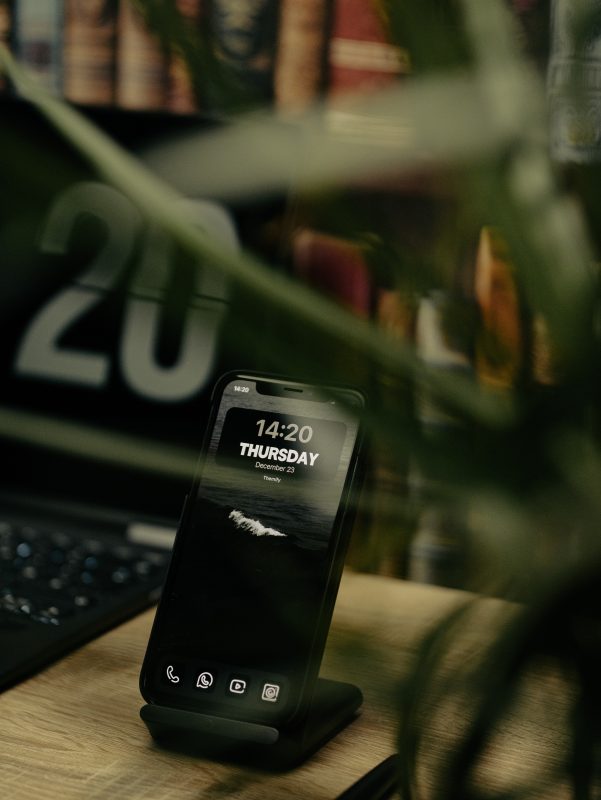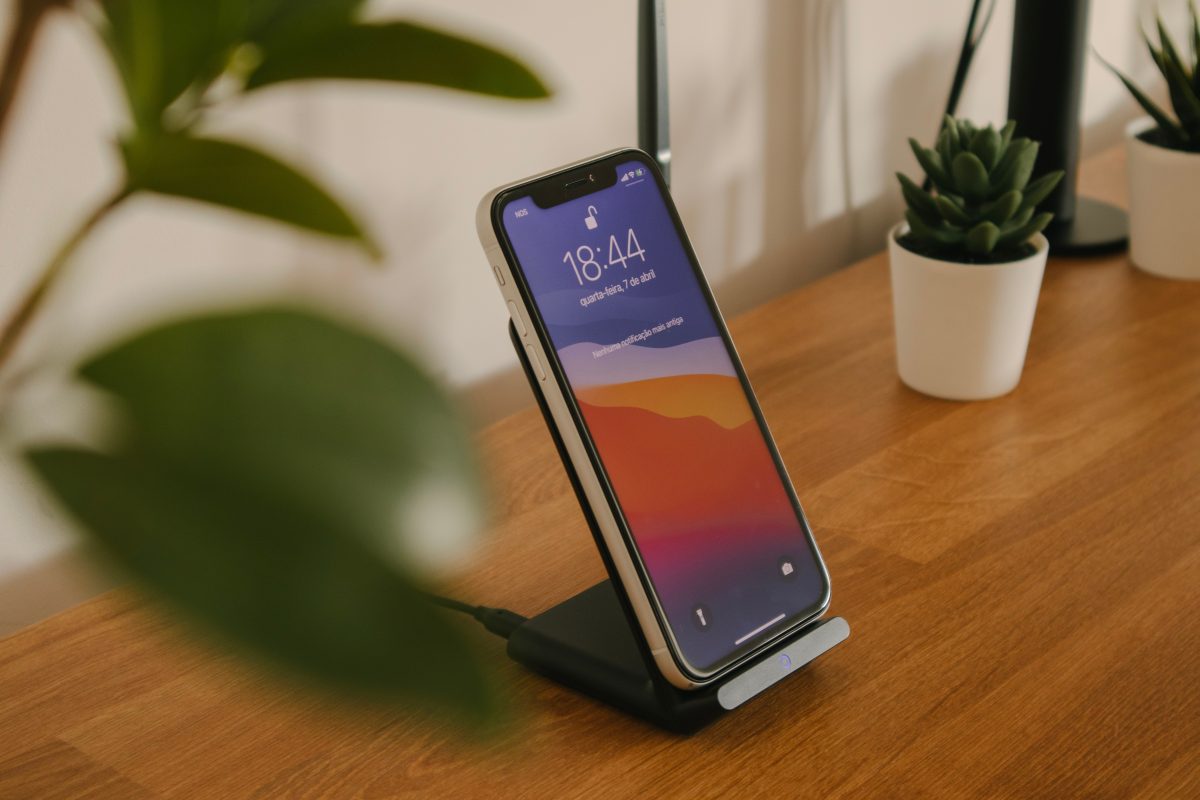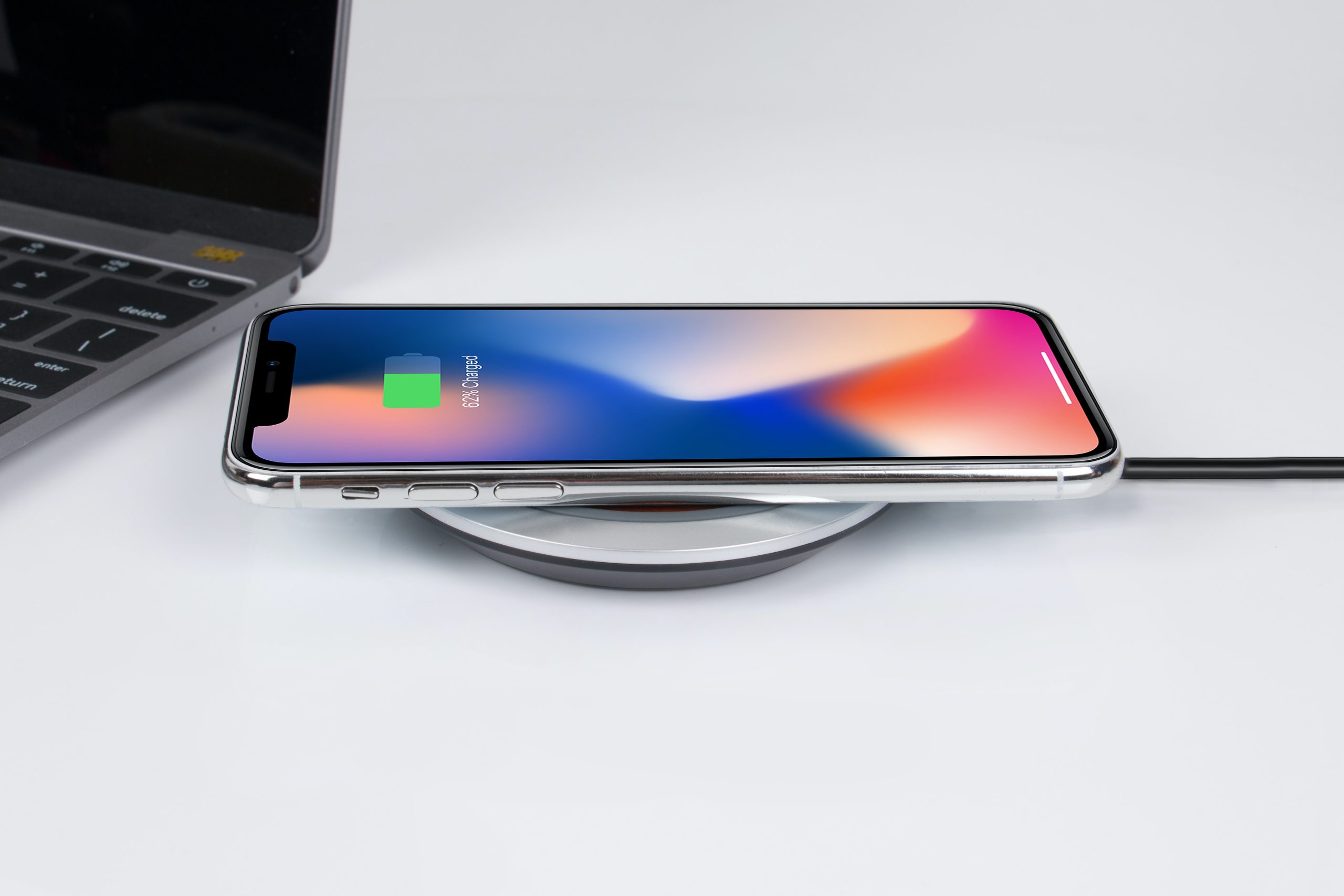Still tripping over cords and trying to catch your phone that’s been flung half way across the room? Or, are you still sitting and untangling very tangled charging cords? And then, as if that’s not enough, you’re frantically looking for a power outlet to actually plug your charger into. If this sounds like you, you need to look into wireless charging. It really might just be a solution to all your tangled, messy problems. In this exciting post, we’re going to talk about what wireless charging is; is it worth the hype and how does wireless charging actually work?
So, we think it’s time to throw out those cabled chargers and turn to the most effective form of charging. It has been around the world for quite a but of years now and most of us have been loving it. Charger cables can be unwieldly and there’s also something very aesthetically pleasing and elegant to placing your phone on a little pad on your desk and letting it charge with putting in basically no effort at all.
What is wireless charging?
Wireless charging is also known as inductive charging and it is an innovative tech creation that allows you to charge your electronic devices without cords or cables. The way that wireless charging works is by using an electromagnetic field. This is used to transfer energy from your charging dock straight to your device. As mentioned before, this has actually been around for quite a but of time but it mainly only gained popularity thank to well known brands such as Samsung and Apple.
If you’re looking to simplify your everyday life, wireless charging is an excellent option. Oh, and did we mention that it’s environmentally friendly too? Because it’s wireless, you automatically cut out the use of cords and cables. This results in a major reduction of any clutter and waste. Furthermore, you don’t have to worry about the impact of the production, manufacturing and disposal that cables and cords have on the environment.

How does wireless charging work?
Faraday’s law of electromagnetic induction serves as the foundation for the electromagnetic induction method that wireless charging utilises. This is how it works:
- When a charging station or dock is connected to a power source, an alternating current (AC) is generated that travels via a coil of wire inside the device.
- A second coil of wire within your device detects the electromagnetic field produced by the charging pad and transforms it back into an electrical current when you place it on the pad to charge using this current.
Mobile phones, smartwatches, tablets and even electric toothbrushes can all be charged wirelessly thanks to this innovative technology. Additionally, wireless charging is now more available and practical than ever thanks to the development of new standards like Qi, which is backed by several significant device manufacturers.
The Pros of Wireless Charging
- Convenience
Convenience is one of the main benefits of wireless charging. With a wireless charger, you only need to set your device down on the dock or charging pad for it to begin charging. You can even charge several devices at once without having to fiddle with cords or connections.
Those who are constantly on the go will find wireless charging to be especially helpful because it makes it simple and quick to charge your electronic devices without requiring you to carry around extra cords and chargers. You can also stay connected and charged wherever you go thanks to the development of ireless charging stations in public spaces like airports and coffee shops.
- Aesthetics
Aesthetics is another benefit of wireless charging. Your desk or nightstand will seem a lot neater and more organised without cords or cables taking up space. Also, you may choose a wireless charger that suits your décor because they are available in a range of styles, patterns and colours.
As there is no need to locate and plug in a charging connection, wireless charging can be a great choice for those who are blind or have mobility issues. You can now stay powered and connected even when you’re on the go thanks to the development of new wireless charging accessories like magnetic charging cases and portable wireless chargers.
- Durability
Due to repeated use, cords and cables can deteriorate over time. The longevity of your devices may be increased by eliminating the wear and tear on your devices’ cords and cables with wireless charging. As a result, you won’t need to replace cables or equipment as frequently, which will then save you money and lessen any waste.
The Cons of Wireless Charging
- Slower Charging Speeds.
The fact that wireless charging can occasionally be slower than conventional charging methods is one of its main disadvantages. This is because wired chargers can give more power and charging pads and docks may not be able to do so due to the less efficient energy transmission.
- Limited Range
Moreover, wireless charging has a short range, so in order for it to function, your device must be placed right on the dock or charging pad. This can be a hassle if you need to use your gadget while it charges or if you need to charge several devices at once.
- Heat Generation
Certain devices could have issues with wireless charging since it can produce more heat than conventional charging methods. The battery or other internal parts of your devices may be harmed by overheating, which could result in deceased performance or even permanent harm to your device.
- Cost
The cost or wireless charging can be higher than that of conventional charging. Not all smartphones are capable of wireless charging, and you’ll need to buy a charging pad or dock. Also, you might need to buy extra charging docks or pads if you wish to charge many devices simultaneously.

Wireless charging in the car
Wireless charging has entered the automotive industry, with car manufacturers integrating wireless charging pads into some of their models. This practical approach eliminates the need for cords and the need to look for charging connections. Simply place your compatible smartphone on the charging pad in your vehicle, and it will start charging automatically. It’s a simple and stress-free method to keep your devices charged while you’re on the go.
Alternately, if your car model does not have this feature, you can look into purchasing a wireless car charger. With wireless car chargers, you can say goodbye to tangled connections and conveniently charge your electronics while on the road. By just placing your compatible smartphone on the charging pad, these compact and portable chargers provide a cable-free charging experience. It’s a hassle-free solution for keeping our devices charged while driving, providing a comfortable and clutter-free charging experience.
Wireless charging transforms the way we power our devices by providing a comfortable and cable-free alternative, whether in our cars or on our offices, making charging easy and convenient.
Overall, without cords or cables, wireless charging is a practical, sustainable and aesthetically beautiful method of powering up your electronic devices. It does, however, have its cons which include a longer charging time and a high cost. Consider your needs and preferences when deciding whether to go wireless or remain with conventional charging ways so that you can pick the solution that suits you best.
Cutting the cord may not be for everyone, but for those who value the simplicity, ease, and beauty of wireless charging, it’s absolutely something to think about. So do away with the cords, charge your devices, and take the advantage of wireless charging independence.

